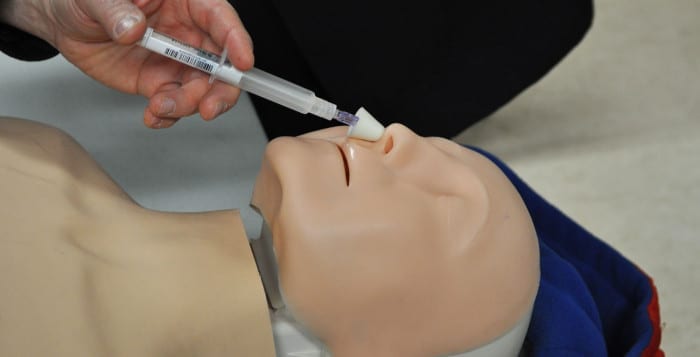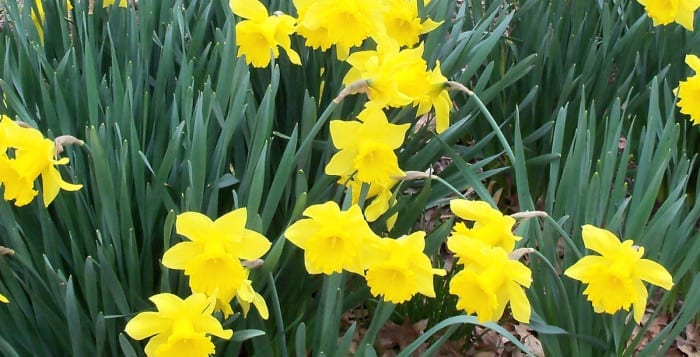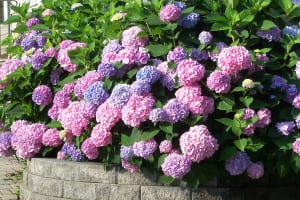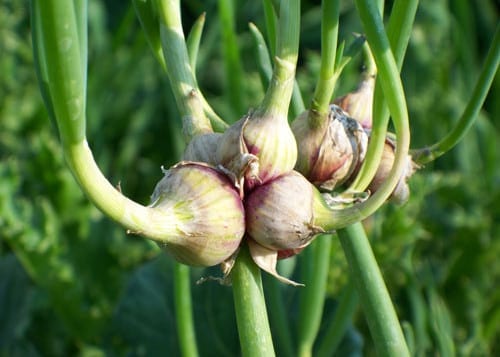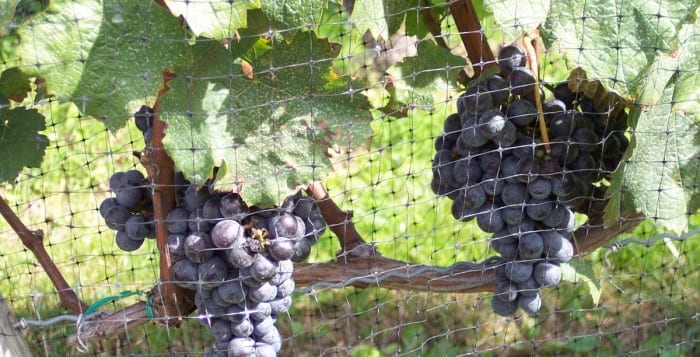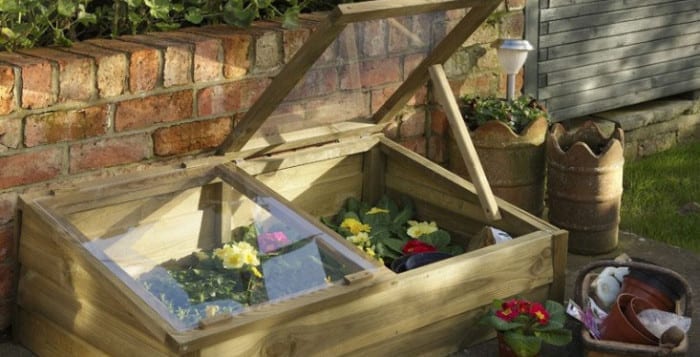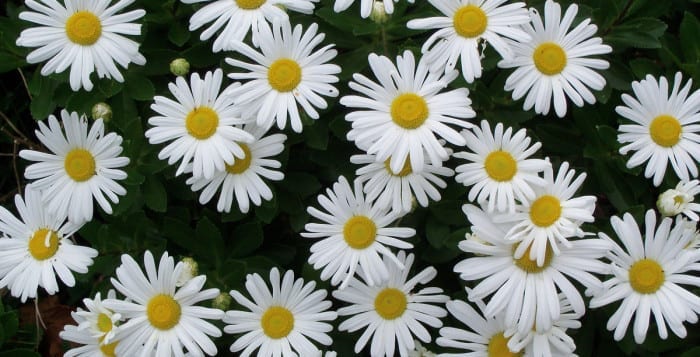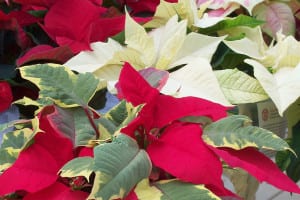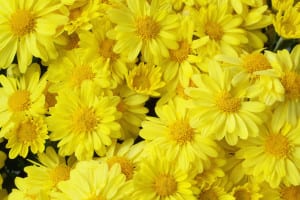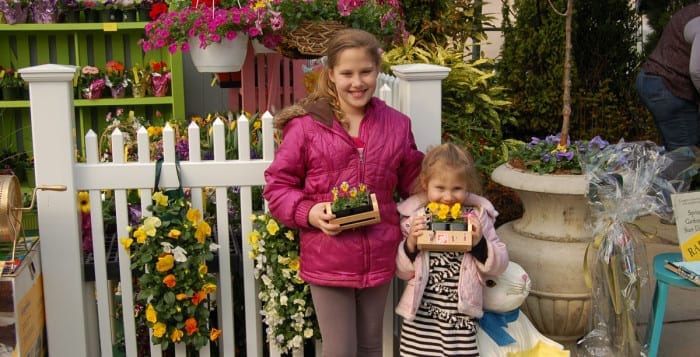By Fr. Francis Pizzarelli
The heroin epidemic continues to be out of control. More and more young people are losing their way and becoming paralyzed by this lethal epidemic.
The rhetoric from people in power is circular. It is going nowhere. We don’t need to wait another six months, another week or another day. We need action now!
We need more detox beds, but they don’t make money for health care institutions. Our 28-day programs have long waiting lists and are not long enough for the opiate/heroin addicts, but unfortunately insurance companies won’t pay for longer treatment. They barely pay for 28 days. If the truth be told, usually that 28 days is cut in half.
Some insurance companies continue to tell parents “have your son or daughter try an intensive outpatient program first; if they fail we will pay for a 28-day residential program.” Well, they are failing — they are dying, and no one seems to care!
We need more long-term residential programs to accommodate the tremendous need in our larger community. The recidivism rate in regards to this epidemic is off the page. Obviously, we are failing and not doing something right.
The level of denial among parents continues to be deeply disturbing. We live in a community where dealers will now deliver heroin to your house. The AA and NA fellowships, which are a vital lifeline and network in our community for those working on recovery and wellness, have to worry that drug dealers are now waiting outside these meetings to prey on men and women in early recovery.
NARCAN, which some say is a miracle drug because it has brought people who have overdosed back to life, is now being used by heroin addicts who want to continue to party but have a safety net to keep them alive. So more and more people are getting trained on how to use this life-saving antidote; it’s no longer being administered by needle but now is a nasal spray.
Some are legitimately concerned that this new resource, which is supposed to save lives, may be perversely used to continue reckless and dangerous behavior.
Sadly, we are distracted from the serious health crisis because it is an election year that seems more fixated on hateful, demeaning attacks on individuals rather than offering us a comprehensive blueprint for reclaiming America — an America that once stood for respect for everyone’s human rights and was committed to social justice for all.
When you think about it, all the money that is being painfully wasted on political propaganda that literally says nothing about our future could be better spent feeding the hungry and creating and funding long-term residential treatment centers across the country that could genuinely begin to arrest this horrific epidemic.
What has happened to the idealism of our young and the energy they once had to make a difference in our world? Recently in one of my sociology classes at Suffolk County Community College we were discussing the state of our nation. I was shocked at how little these bright college coeds knew about American social policy. I was even more disturbed when one articulate student stood up and said he would not waste his time on voting in the November election because he believed it would not make a difference!
Needless to say, I pointed out countless examples where one vote and one voice changed the course of American history for the better. We need to lead by example and demand that those who are in power do something now about the senseless loss of life that is occurring every day in Suffolk County because of this national health crisis we call heroin.
Fr. Pizzarelli is the director of Hope House Ministries in Port Jefferson.

